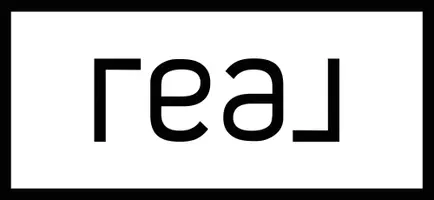Miami’s Best Neighborhoods with the Strongest Appreciation Rates
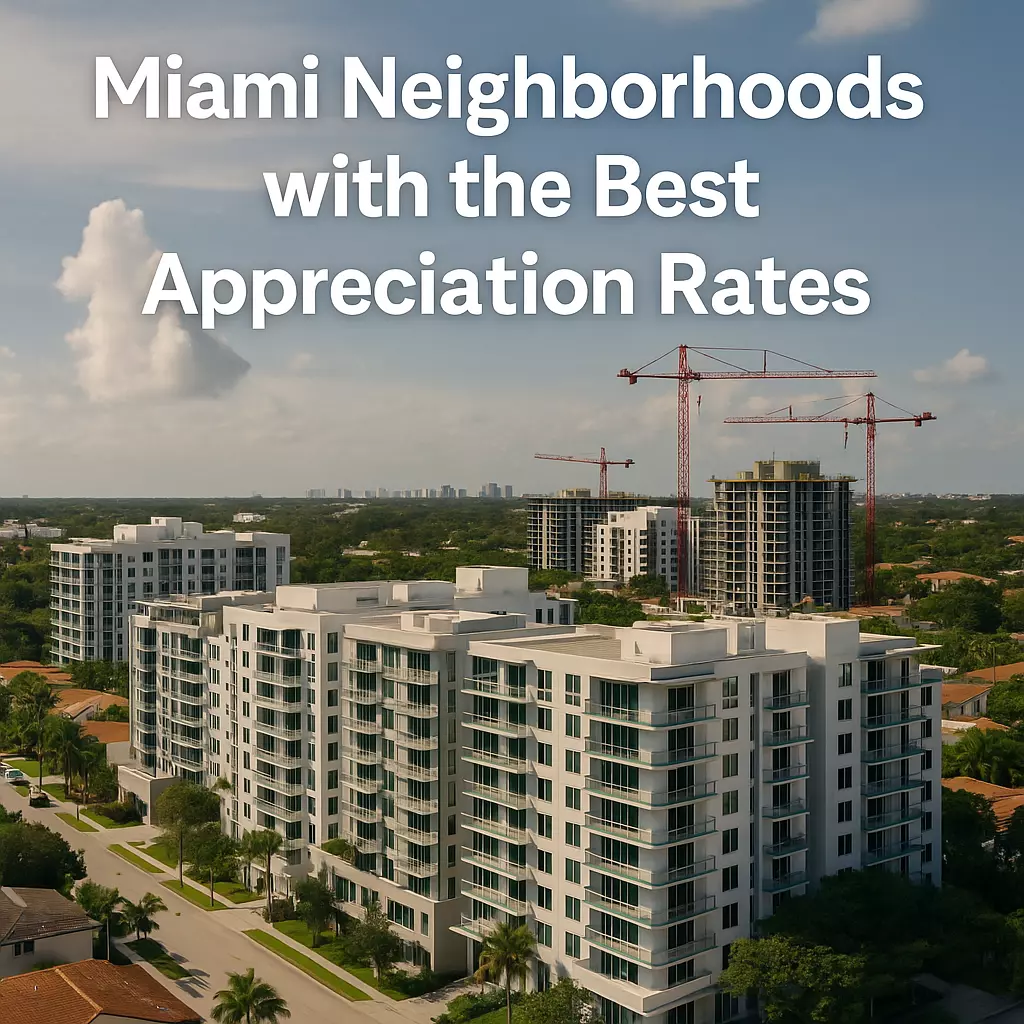
Miami’s Best Neighborhoods with the Strongest Appreciation Rates
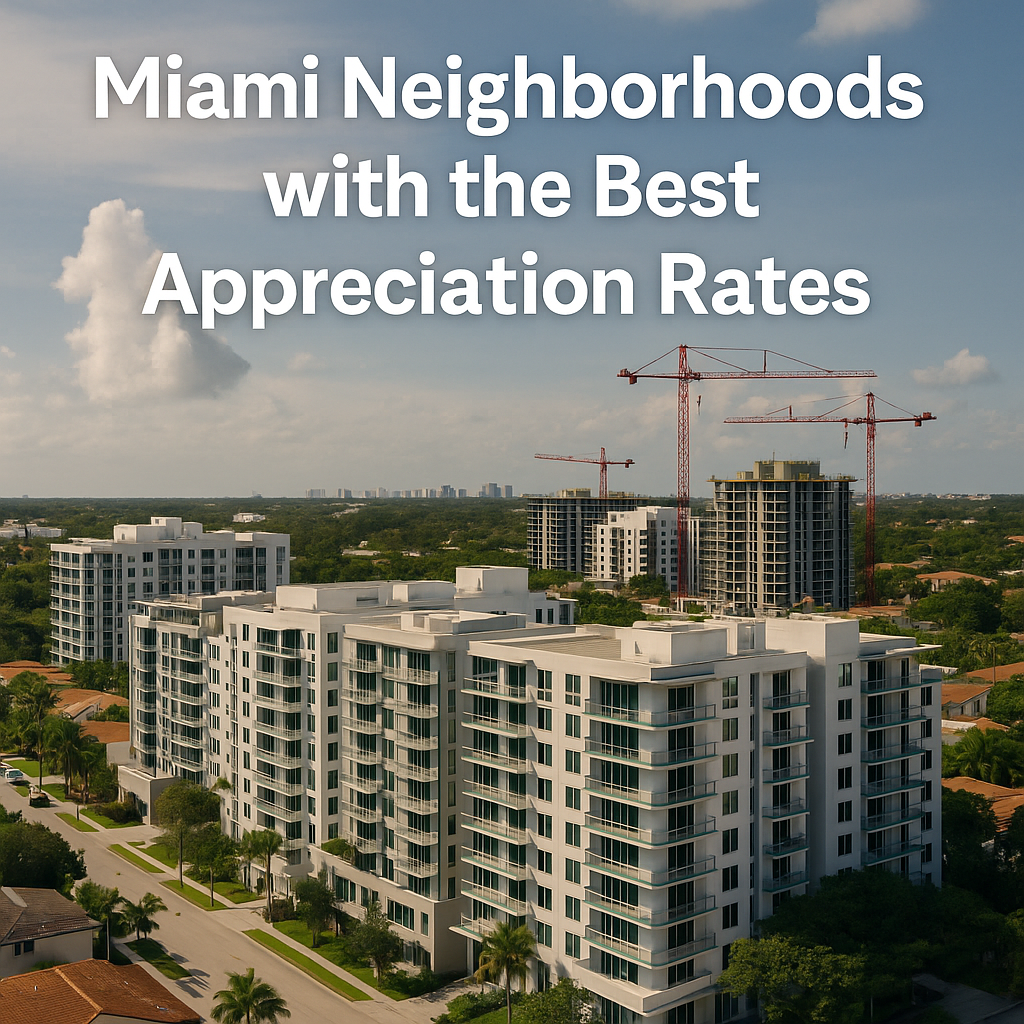
Explore which Miami neighborhoods have seen the highest home‑value gains—smart zones for buyers and investors chasing appreciation.
Where to start?
If you’re buying real estate in Miami and want growth more than just a great address, focusing on neighborhoods that lead in home‑value appreciation gives you a strategic advantage. Choosing the right area now can help you build equity, resist market cycles, and position for long‑term value.
In this article you’ll learn how to identify high‑appreciation zones, which neighborhoods in Miami have out‑performed the rest, what drives those gains, and how you should approach your purchase accordingly.
What Drives High Appreciation in Miami Neighborhoods
Appreciation isn’t random—it tends to follow certain underlying patterns. In Miami, key drivers include:
-
Scarcity of land or lots in a high‑demand area.
-
Population and migration inflows—domestic and international buyers choosing Miami. For example, condo prices in Miami‑Dade rose ~103% from May 2015 to May 2025. MIAMI REALTORS®
-
Infrastructure improvements, transit upgrades and walkability—these elevate neighborhoods.
-
Lifestyle and amenity upgrades—buyers chase neighborhoods with quality schools, parks, cultural districts, water views.
-
Value gap entry point + momentum—neighborhoods previously less expensive catch up as demand shifts.
Putting your money into a neighborhood positioned for growth often beats simply buying the “top” neighborhood at a premium.
Top Miami Neighborhoods with the Best Appreciation Rates
Here are some of the Miami zones which have shown strong appreciation, and which buyers/investors should pay attention to.
West Coral Gables
West Coral Gables has consistently ranked among the top for price‑per‑square‑foot gains and resale value. Homes in well‑located pockets have seen appreciation gains significantly above metro average.
Why it stands out: Large lots, historic architecture, strong school zones, limited new supply.
Buy‑in tip: Target homes with lot sizes and configurations that appeal to future buyers (3‑5 beds, large yard, proximity to good schools).
Miami Beach (select areas)
Certain sectors of Miami Beach have also delivered strong appreciation—especially where direct waterfront or luxury condominium product meets global buyer demand.
Why it stands out: Prestigious address, global recognition, waterfront or near‑water positioning.
Buy‑in tip: Recognize premium pricing applies—view, floor and brand matter. Buying just inside the “zone” can yield better value.
Coconut Grove (Condos)
In the condo sector, markets like Coconut Grove continue to perform well. Despite broader condo‑market softness, boutique and well‑managed buildings in Grove are showing solid value retention and growth.
Why it stands out: Village feel + bayfront lifestyle + proximity to central Miami.
Buy‑in tip: In condos, fees, building condition and maintenance matter as much as neighborhood.
Emerging Value Zones
While established luxury pockets lead the appreciation lists, some emerging neighborhoods are worth watching for future upside. These may offer lower current cost, but must show momentum (redevelopment, infrastructure, rising demand).
Why it matters: Getting ahead of the curve means more upside—but also more risk.
Buy‑in tip: Do your homework: check pipeline, infrastructure and entry price.
How to Interpret Appreciation Numbers & What to Watch
When you hear “neighborhood appreciated by X%”, dig deeper.
-
Look at the timeframe. A 50% gain over 10 years is ~4% per year—solid but not dramatic.
-
Check unit types. Single‑family, condo, lot size differences matter.
-
Compare to metro average. If Miami condos are up ~103% over 10 years – from $209K to $425K. MIAMI REALTORS®
-
Understand the current market context. In some metrics, Miami home values recently fell ~3.1% year‑over‑year. Zillow
-
Think hold period. Longer holds often give smoother appreciation.
-
Avoid buying just for headline numbers. If price already includes much of the appreciation, upside may be limited.
Pros & Risks of Buying for Appreciation
✅ Pros
-
Building equity faster than average markets.
-
Strong neighborhoods attract more demand, improving resale outcomes.
-
Potential for value gains even if rental income is modest.
⚠️ Risks
-
Premiums reduce upside—when prices are already high, growth may slow.
-
Market corrections or regulatory/insurance changes can erode value.
-
Emerging areas may not sustain momentum if fundamentals weak.
-
In condos, building condition, fees and maintenance sightlines matter.
Buyer & Investor Checklist: Picking Neighborhoods for Appreciation
Use this checklist when evaluating:
-
Lot/land scarcity + limited supply of future homes
-
Upward price‑per‑sq‑ft trends and lower days‑on‑market
-
Proximity to transit, water, amenities, good schools
-
Entry price relative to nearby luxury zones—value gap exists?
-
Building/house condition and potential for value‑added improvements
-
Time horizon: Is your hold long enough to ride appreciation?
-
Exit strategy built into your plan: resale to similar buyer type? investor? owner-user?
My Role & How I Can Help You
As a Miami real estate agent with deep experience in high-value neighborhoods and growth zones, I help you:
-
Compare neighborhoods side‑by‑side based on value, appreciation and lifestyle
-
Analyze specific homes: lot size, condition, price comparison, upside potential
-
Access off‑market listings in top appreciation neighborhoods
-
Negotiate strategic buys—not just based on today’s price, but tomorrow’s value
🔗 Visit: LuxuryHomesInMiamiForSale.com
📞 Ready to explore Miami neighborhoods where appreciation matters most? Let’s talk and map your next move.
FAQs
What neighborhoods in Miami have shown the highest appreciation recently?
Premium zones like Coral Gables, Miami Beach (certain sectors), Coconut Grove and some boutique condo markets.
How much annual appreciation can I expect in a strong neighborhood?
It depends—some have seen compound gains over a decade of 8‑10% annually, but past performance doesn’t guarantee future results.
Does high appreciation always equal a good buy?
Not always—entry cost, fees, market cycle, condition and risk matter.
Should I consider emerging neighborhoods or stick with proven ones?
Emerging neighborhoods offer more upside but more risk. Proven zones are safer but may offer less upside.
How do I measure and verify appreciation potential?
Use historical data (5‑10 yrs), compare price per sq ft, monitor supply trends, understand building/house condition and your hold horizon.
Categories
Recent Posts



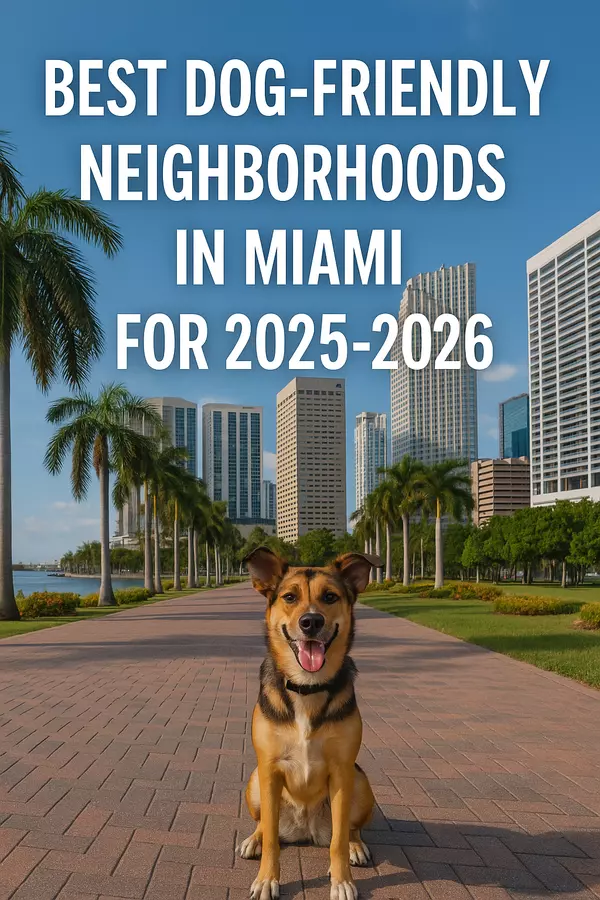

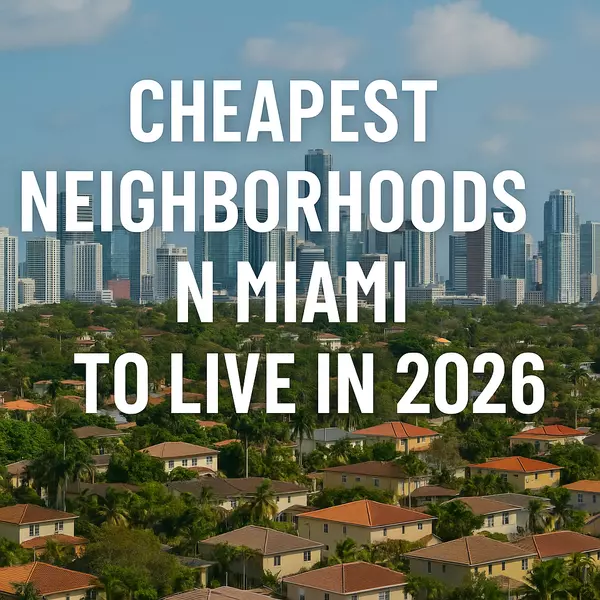

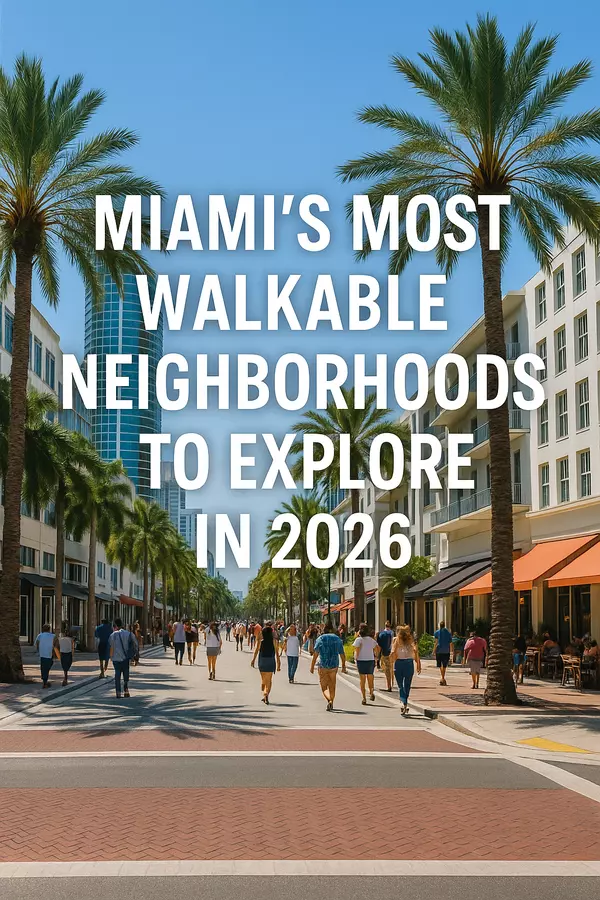
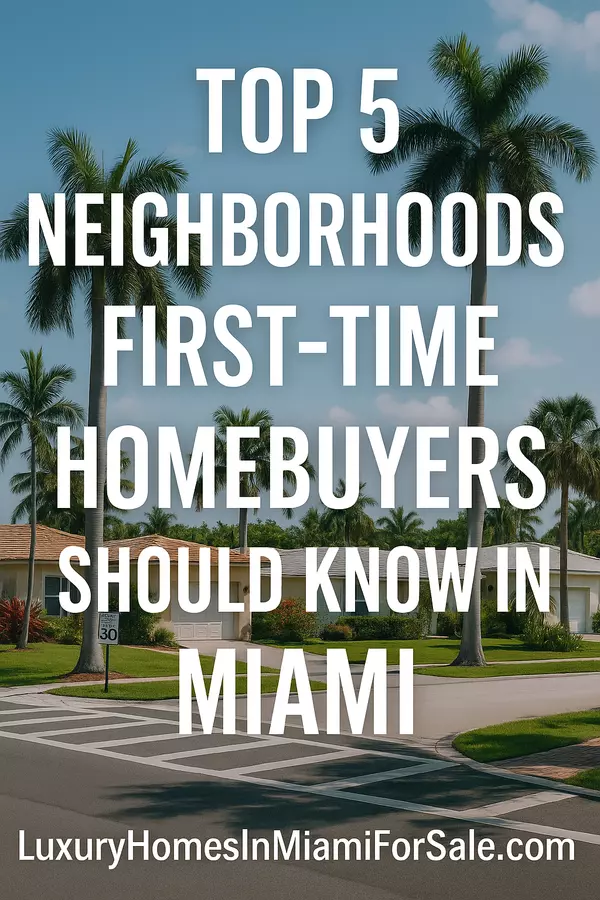

GET MORE INFORMATION

